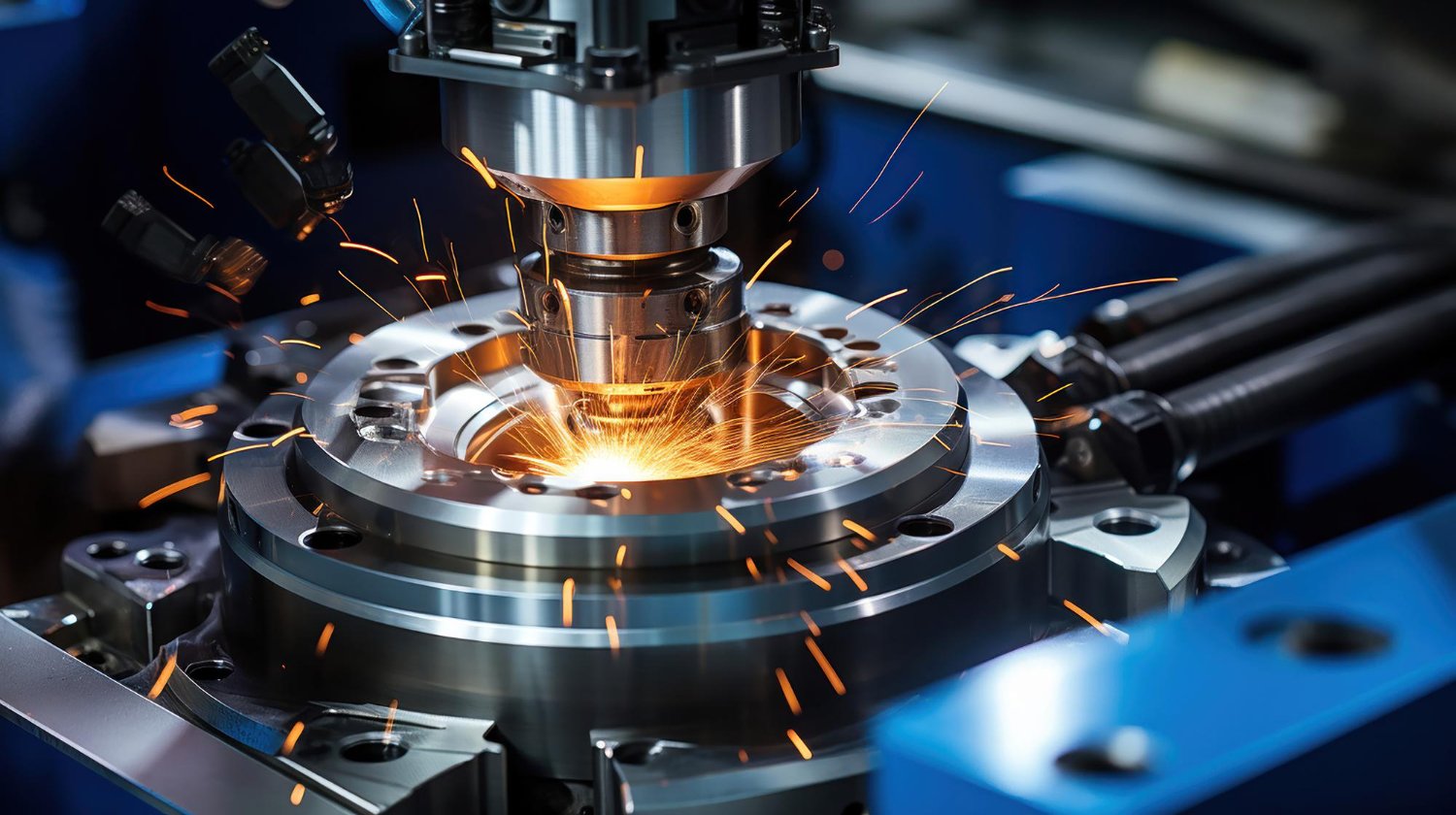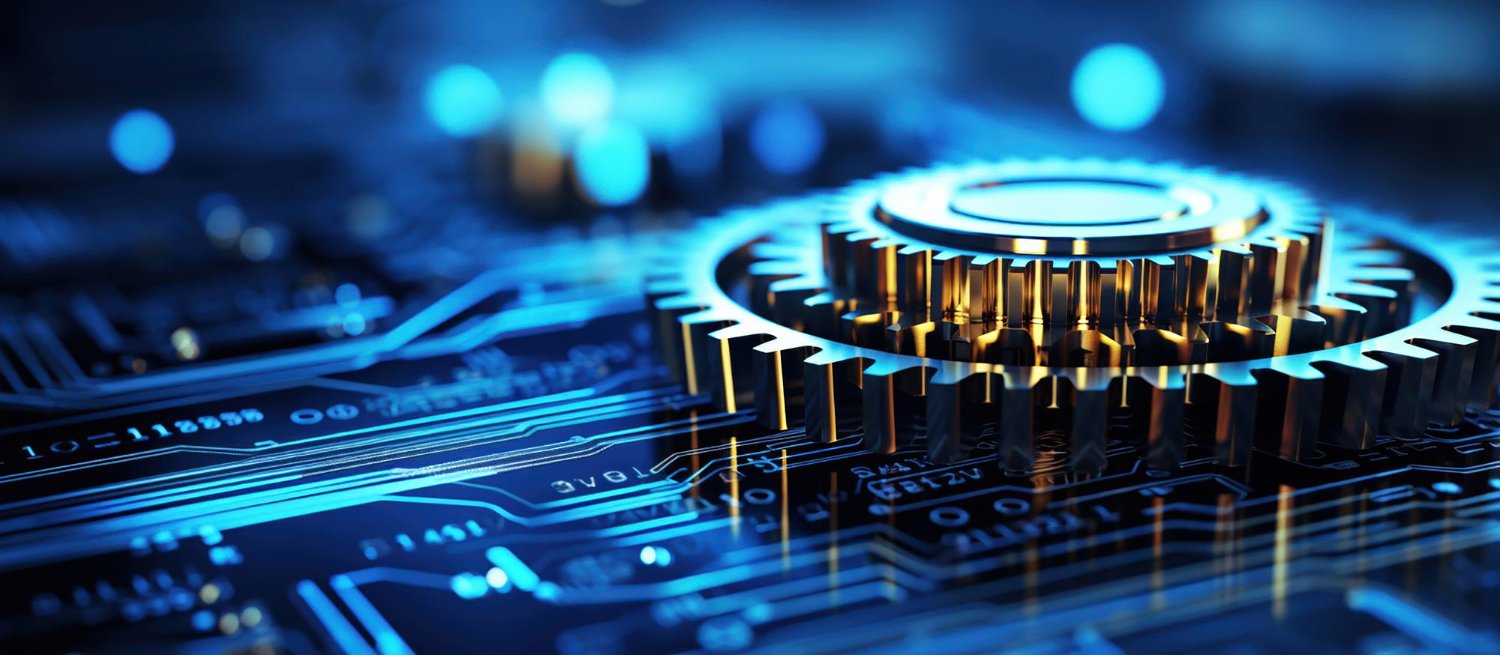
Innovation is the cornerstone of progress, especially in the realm of gear machining, where precision, efficiency, and adaptability are paramount. In today’s fast-paced manufacturing environment, traditional methods are giving way to advanced strategies that promise to revolutionize the way gears are produced.
By embracing technologies such as CAD/CAM integration, high-speed machining, multi-axis machining, hybrid manufacturing, and digital twin technology, manufacturers can elevate their gear production to unprecedented levels of quality and productivity. This article delves into these cutting-edge approaches, exploring how they drive innovation and competitiveness in the dynamic landscape of gear manufacturing.

CAD/CAM Integration: Enhancing Design-to-Production Workflow
CAD/CAM integration lies at the heart of modern gear manufacturing, bridging the gap between design and production with seamless efficiency. By leveraging advanced software suites, manufacturers can create intricate gear designs with unprecedented precision and complexity.
CAD/CAM integration allows for the optimization of toolpaths, simulation of machining processes, and real-time adjustments, streamlining the entire manufacturing workflow. This integration not only enhances the quality of gears produced but also accelerates time-to-market and reduces development costs, making it a cornerstone of innovation in gear machining.
High-Speed Machining: Maximizing Productivity without Compromising Precision
High-speed machining (HSM) techniques have redefined the boundaries of gear manufacturing, enabling manufacturers to achieve unparalleled levels of productivity and efficiency. By pushing cutting speeds and feed rates to their limits, HSM minimizes cycle times while maintaining exceptional surface finish and dimensional accuracy.
Advanced control systems and tooling technologies further enhance the capabilities of HSM, allowing for precise control of cutting parameters and adaptive machining strategies. As a result, manufacturers can meet the demands of today’s fast-paced market landscape without compromising on the quality of their gear products.
Multi-Axis Machining: Unlocking Design Freedom and Complexity
Multi-axis machining has emerged as a game-changer in gear manufacturing, offering unparalleled flexibility and precision in the production of complex gear geometries. By enabling simultaneous movement in multiple axes, multi-axis machining eliminates the need for multiple setups, reducing machining time and increasing throughput.
This technology opens up new possibilities in gear design, allowing for the creation of intricate profiles, tapered teeth, and undercut features that were previously challenging or impossible to manufacture. With multi-axis machining, manufacturers can push the boundaries of gear design and functionality, delivering innovative solutions to meet the evolving needs of their customers.
Hybrid Manufacturing: Integrating Additive and Subtractive Processes
Hybrid manufacturing represents the convergence of additive and subtractive processes, offering unique advantages in gear production. By combining traditional machining with additive manufacturing techniques such as laser cladding or direct energy deposition, manufacturers can enhance the performance and properties of gears in ways that were previously unattainable.
Additive processes enable the customization of gear features, the repair of worn components, and the enhancement of surface properties, while subtractive processes ensure the final dimensions and tolerances are met with precision. This hybrid approach not only expands the design possibilities for gears but also reduces material waste and production costs, making it a compelling option for innovative manufacturers.
Digital Twin Technology: Predictive Insights for Optimal Performance
Digital twin technology is revolutionizing gear manufacturing by providing manufacturers with real-time insights into the performance of their machining processes. By creating virtual replicas of physical machines and processes, digital twins enable predictive maintenance, optimization, and simulation of gear machining operations.
Sensors embedded in machining equipment capture data on parameters such as temperature, vibration, and tool wear, allowing manufacturers to monitor machine health and detect anomalies before they lead to costly downtime. Simulation tools further enhance the capabilities of digital twins, enabling virtual testing of machining strategies, toolpath optimization, and performance prediction. With digital twin technology, manufacturers can optimize their gear machining processes for maximum efficiency, reliability, and competitiveness in a rapidly evolving market landscape.
Innovation in gear machining is essential for meeting the demands of today’s fast-paced manufacturing environment. By embracing advanced strategies such as CAD/CAM integration, high-speed machining, multi-axis machining, hybrid manufacturing, and digital twin technology, manufacturers can achieve unprecedented levels of precision, efficiency, and flexibility.
These cutting-edge approaches promise to revolutionize gear manufacturing, driving productivity, reducing costs, and ensuring competitiveness in a rapidly evolving market landscape. As manufacturers continue to push the boundaries of innovation in gear machining, the future holds exciting possibilities for the advancement of this critical industry.